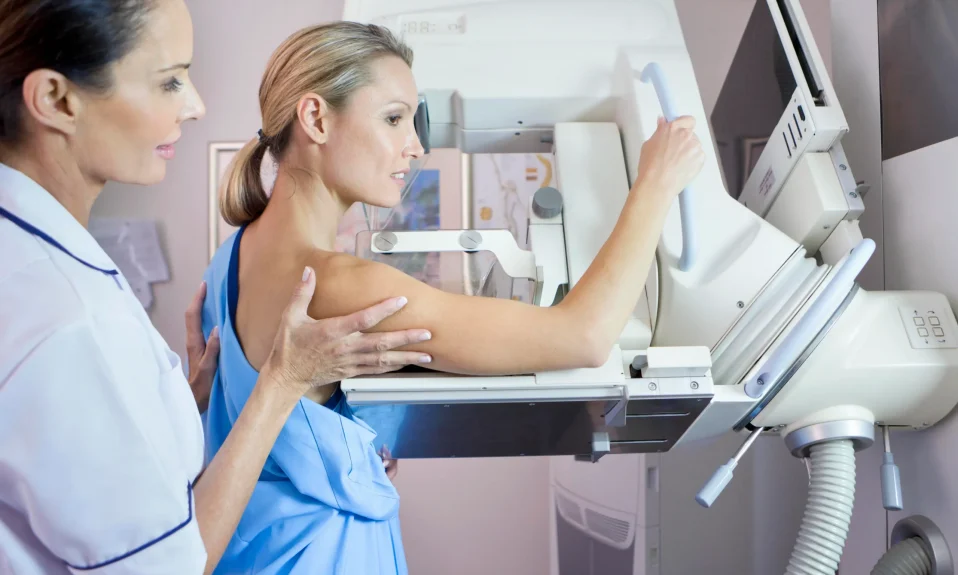If you are having back pain during pregnancy, you may be wondering if labor is close. But, what are the signs that your labor is close? And, what can you do to prevent and ease your back pain during pregnancy? Here are some tips. First, stand up straight. Many women have a tendency to arch their backs and slump their shoulders, which puts more stress on their spines. Also, avoid sitting for too long without taking frequent breaks.
Does back pain means labor is near?
If you are pregnant, you might experience back pain during the third trimester. In some cases, it is a sign that labor is near. In other cases, it may just be a sign that your body is in preparation for childbirth. If you are having back pain, you should see your doctor.
Back pain is a common symptom of labor. It may occur during contractions or be intermittent. It could also be the result of a back injury. A pregnant woman with a back injury may experience lower back pain during labor. If you have been experiencing back pain during pregnancy, you should contact your obstetrician right away.
Massage can help ease labor pain. Massage the affected area with your hands or your partner’s. It may also help if you use a tennis ball or a rolling pin to apply pressure. Your doctor may also give you an epidural to help ease the pain. If you want to avoid pain medication, you can try lying on your back or kneeling on a birthing ball. These positions can help keep the baby’s head off of your spine.
Although back pain during pregnancy is common during labor, it is not always indicative of the imminent arrival of the baby. Most women will experience intense pain during labor, but in many cases, the pain may come and go during the early stage of labor. Some women may experience more back pain in the lower back, which could be an indication that the baby is in the wrong position.
Back pain during labor is caused by pressure on the lower back from the baby’s head. While it is painful to have a baby with a lopsided head, the majority of babies will turn their heads backward before the final push. However, some underlying health conditions can also cause back pain during labor. For example, a woman may have scoliosis or an exaggerated swayback. Additionally, a narrow waist may put additional pressure on the lower back.
Back pain during pregnancy during the third trimester is common and can indicate that labor is approaching. It’s important not to lie on your back during labor as this increases the chance of back labor and increases pain. Instead, try to sit in a gravity-friendly position such as a chair or a toilet.
What kind of back pain indicates labor?
A woman may experience intense back pain during labor. This pain usually occurs in the lower back and is most uncomfortable during contractions. It may also persist in between contractions. It is often as severe as regular labor pain and may increase in intensity as labor progresses.
Back pain can be caused by sleeping in the wrong position or sitting or standing for extended periods. It can also be a result of the baby’s head pressing on the lower back. Regardless of the cause, back labor can be a signal that labor is imminent.
In addition to back pain, women should watch for other symptoms of labor. Mild diarrhea is typically nothing to worry about, but severe diarrhea should be checked out by a doctor. If you experience back pain during your third trimester, you may be approaching labor.
While back pain during pregnancy is inevitable, there are some things you can do to lessen the discomfort. First, avoid crossing your legs and leaning against a wall. Secondly, if you experience pain in your lower back, try to stay off of the bed. Also, keep attending your prenatal appointments. If the back pain persists and does not subside, you should visit the emergency room.
Women with back pain are more likely to experience back labor than women without back pain. Women who are having their first baby or who have previously experienced it are at a higher risk for experiencing back labor. Additionally, women with higher body mass indexes are more likely to experience back pain during labor.
Back labor is usually longer and requires more pushing. However, most babies in the posterior position will eventually rotate 180 degrees by themselves as labor progresses. In rare cases, the doctor may try to rotate the baby using a hand. This can make labor even more uncomfortable.
Experts recommend that women avoid lying flat on their backs during labor because this can increase the chances of back labor. Besides, it can also increase pain. Ideally, pregnant women should adopt positions that benefit gravity, such as bouncing, walking, or leaning. Alternatively, they may want to consider using an ice or heated rice sock. This may help to alleviate the pain.
What helps lower back pain in the third trimester?
A warm bath or a cold pack can reduce back pain. Apply the heat to the area for a few minutes at a time. A heating pad can be used, too. However, you should avoid applying heat to the abdomen and should consult a doctor or health care provider before trying this method.
If the back pain persists, the first step is to modify your posture. During pregnancy, many women tend to arch their backs and slump their shoulders, which puts more pressure on the lower back. It’s also important to make frequent breaks from sitting. A good idea is to sleep on your side to alleviate pressure on the lower back.
Another useful tip is to limit your weight. You should be able to bear the weight of your growing baby while lying on a firm mattress, but you shouldn’t overdo it. Your prenatal care provider can help you figure out what your new weight limit is.
Pregnancy changes the body from the inside out, and hormonal changes play a major role in back pain, as well as in weight gain and stress. Early pregnancy causes the body to produce more relaxin hormones, which may help loosen your joints and ligaments. This hormone may also help the body to expand during childbirth.
If your back pain becomes severe or rhythmic, you should consult a doctor to diagnose and treat the cause. Your doctor may prescribe medication or suggest exercises to relieve your back pain. Also, it’s important to see your prenatal care provider if your back pain continues and doesn’t improve.
Keeping your posture in proper alignment during pregnancy can prevent back pain. Keeping your pelvis mobile during pregnancy is also essential for back health and posture. Aqua-exercises and low-impact exercises can strengthen your back while reducing the pain caused by bad posture. Your local swimming pool may also offer pregnancy aqua classes.
Chiropractic care is another option for back pain during pregnancy. A study conducted in 2014 found that chiropractic care made back pain easier to manage for pregnant women. In addition, acupuncture, a treatment method that uses tiny needles, can provide significant relief for pregnant women suffering from back pain.
What pains are normal in 3rd trimester?
If you’re pregnant and experiencing abdominal pain, you’re not alone. It’s normal to experience some discomfort, and it can be scary. Here’s how to tell the difference between pregnancy discomfort and something serious. A warm shower and frequent breaks from sitting can help reduce cramping and make you more comfortable.
Most women experience some form of cramping during their third trimester. These contractions, known as Braxton Hicks contractions, don’t progress to labor, but they can help prepare your body for delivery. They typically last between 30 seconds and two minutes. If you’re experiencing any of these symptoms, make an appointment with your doctor as soon as possible.
Women at this stage of pregnancy may experience swelling in other areas of their bodies. Usually, swelling in the lower extremities is the result of extra blood volume, as the uterus grows and puts pressure on large veins. This extra fluid then pools in these areas.
Heartburn can also return during the third trimester, and the baby’s growth can make it more difficult to pass stools. However, it can be relieved by keeping your feet elevated and eating small, frequent meals. You should also avoid standing for long periods.
If you’re pregnant and experiencing abdominal pain, consult your provider right away. Light spotting during this stage is also normal. You’ll want to avoid holding your bladder for too long, as this can lead to a urinary tract infection or even premature contractions.
Does back pain means labor is near?
What kind of back pain indicates labor?
What helps lower back pain in the third trimester?
What pains are normal in 3rd trimester?
Our previous post How the Prolactin Hormone Affects You in our article How does high prolactin make you feel?, Prolactin Hormone ve What causes prolactin to be high in females? information about.














